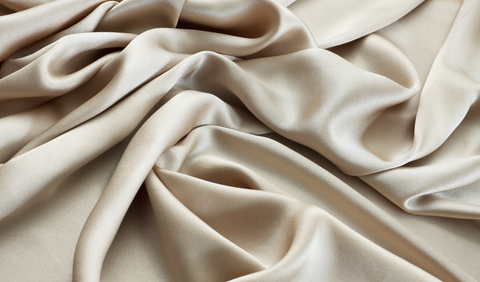What is the difference between silk and satin?

The silk:
Silk is a natural fiber of animal origin obtained by weaving threads silkworm cocoons also called mulberry bombyx.
The fabric made from this material is naturally soft and shiny. There are several types of silk: muslin, crepe, brocade, silk satin... It is therefore a noble material and the process of transforming silk is very laborious.
Silk twill:
Silk twill is a weaving process mainly used for silk square scarves as well as ties. It offers two important advantages: enhancement of colors (the light highlights the reliefs of the patterns) and flexibility of the material.)
Satin:
Satin is not a fabric but a weaving technique. So we should call it silk satin.
However, in most cases the satin present in a large majority of textiles is nothing other than polyester satin. Polyester is a synthetic material derived from petroleum . For reasons of economy of scale, companies therefore favor polyester satin over silk satin.
When comparing weave weaves there is less crossover with silk satin than silk twill. Silk satin therefore remains less silky and soft than silk twill.

A simple test will allow you to identify real silk using fire:
- Real natural silk burns more slowly and has an odor similar to burning hair. If you remove the silk from the flame, the combustion stops and the material becomes crumbly.
- Polyester satin will give off a smell of burnt plastic and produce black smoke. Unlike real silk, when you remove polyester from the fire, it will continue to smolder.
